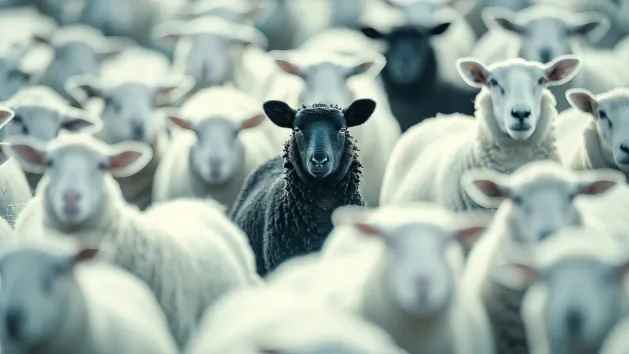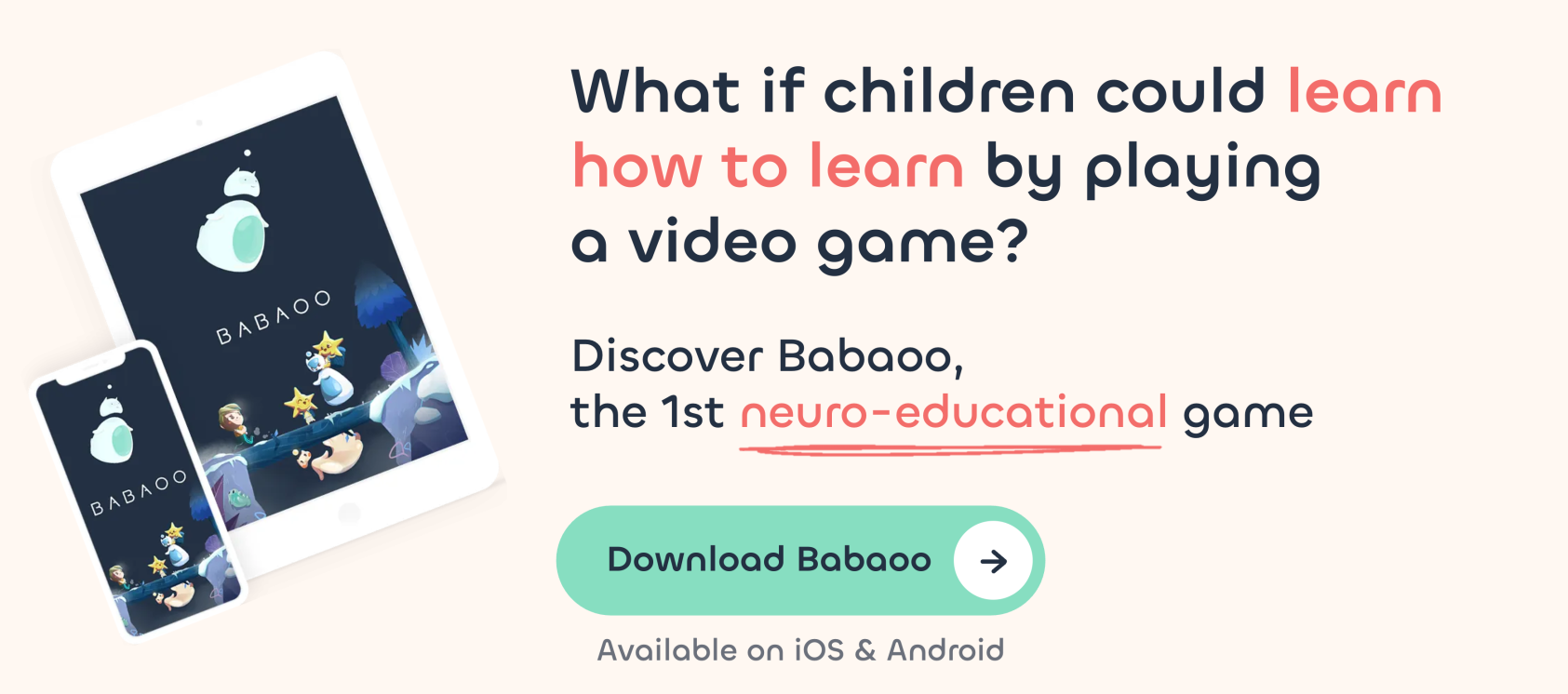
Understanding the 4 phases of learning for children

Who among us hasn’t been amazed at our children’s ability to learn, evolve and assimilate new skills? From their first chirps, to their first steps, to their most complex explorations… They constantly show us that learning is a continuous journey.
But did you know that this journey unfolds in 4 distinct phases? As a parent, teacher or remedial professional, understanding these 4 stages offers us the opportunity to be more enlightened guides, to support them in their discoveries, to give them tools, encouragement and to celebrate their successes with even more enthusiasm.
Modelling – Training – Appropriation – Transfer. Far from being the result of chance, there’s nothing trivial about this learning journey: it’s the secret to their progress.
1st phase of learning: Modelling 👀
“Look, this is how I do it!”
Imagine a tiger cub watching its mother hunt. 🐯 He’s watching her carefully, analysing her every move, listening to her roar… The little tiger isn’t hunting, he’s learning how to hunt. This is exactly what your child is doing during the Modelling phase.
In this stage, the child is an active spectator. He observes and listens attentively.
✏ Note: The discovery of “mirror neurons” by Giaccomo Rizzolati in the 90′ highlighted how crucial observation is for learning. These neurons, which activate when we perform an action or when we see it being performed by others, prepare the brain to imitate it. The original study on these neurons was carried out by observing the brain of a monkey grasping a banana, then watching it observe someone else doing it. 🍌 It was revealed that the same brain areas were engaged in both cases. This neuronal activation plays a key role in imitation. The child, by observing, sets up neuronal networks ready to perform the task observed. This is also true for emotions: seeing someone feel pain stimulates the same areas in us as if we were feeling it directly. 🧠
Remember that card game where you said out loud to your child, “I choose this card because it has the same colour as this other card.” Or those moments spent teaching him to play tennis: “To hit the ball, I throw it high in front of me and don’t take my eyes off it.” 🃏🎾
Every time you verbalise your actions, choices and reasons, you open a window onto your thought process, allowing your child to understand the how and why behind each decision. Indeed, you are you are letting them know your own strategy and inviting them to adopt and experiment with it, ultimately developing their own method.
But Modelling is not just imitation. It’s a phase where the child actively builds their understanding by observing and asking questions. As well as showing, it’s crucial to engage in dialogue, answer their questions and encourage them to express their thoughts.
✏ Note: Modelling sometimes involves making your strategy openly explicit, guiding your little one step by step. However, as suggested by active pedagogies, it’s also possible to let children explore, grope, and try things out for themselves. After this independent exploration, we intervene to shape, clarify or refine their understanding by sharing our own strategy.
2nd learning phase: Training 🏋️♂️
“It’s my turn to try!”
After observing, it’s time to take action! This is where your child will try to reproduce what they’ve learnt during the Modelling phase. Very conscientious, you’ll often hear them repeat their (your) strategy out loud, using some of your expressions word for word. That’s a good sign!
Just as a baby bird first learns to flap its wings before taking flight, our children need practice to check their understanding, perfect and then automate new skills. During this second phase, it is essential to offer them a safe space in which to experiment, try, fail… and then try again!
What’s more, as a guide, your role is also to support, encourage and celebrate every little bit of progress.
✏ Note: during the Training phase, your little protégé will be confronted with mistakes. Yes, trying means making mistakes, and that’s perfectly normal! Each mistake is an opportunity to learn, to understand where and why it failed, to adjust and to progress. But how do you react to these little failures and how do you support your child so that he continues to persevere?
3rd phase of learning: Appropriation ✅
“I know how to do it, and in my own way!”
Bravo! Your child now knows how to do it. Strengthened by his repeated and increasingly successful attempts, he is more confident and is even beginning to adapt what he has learnt to his own way… He’s making it his own!
Imagine a chef who, after scrupulously following a recipe several times, starts to add his own ingredients and culinary techniques. In the same way, a child in the Appropriation phase begins to “remix” what they have learnt, adapting it and adding their own personal touch.
At this stage, they are no longer simply reproducing what they have seen or heard, but incorporating it into their own repertoire of skills. ✨
You’ve caught him explaining to a little friend what he’s just assimilated Bingo! The Appropriation phase is well and truly over.
The act of teaching not only consolidates your own learning, it also validates it. If a child can in turn pass on a new skill, it’s because they’ve really succeeded in making it their own.
✏ Note: while experimenting requires freedom, that’s not all! Your little protégé will also need your advice and support to learn to persevere in the face of setbacks and deal better with frustration. Your role has changed, but it’s no less fundamental. Between autonomy and support, it’s up to you to find the right balance!
4th phase of learning: Transfer 🚀
“I’ve understood the principle and I can use it everywhere!”
Transfer is the crowning achievement of learning. Imagine: you’re standing in front of a recalcitrant can of paint that stubbornly refuses to open. But in your toolbox is this screwdriver. 🧰 Rather than seeing it as a simple tool for screwing or unscrewing, you instinctively understand that with its flat, solid shape, it could act as a lever and help you open the lid.
This is exactly what a child in the Transfer phase does. They manage to “transfer” previously acquired skills, identify the links between different pieces of knowledge and apply them in a relevant way.
Perhaps he will be able to use his problem-solving skills learned in a board game to resolve a conflict with a friend in the playground, or apply the logic of a jigsaw puzzle to building a castle out of blocks….
✏ Note: this ability demonstrated by your child to draw on their “toolbox” to solve new problems demonstrates not only a real mastery of the skill and a very good understanding of the underlying principles, but also that they are able to think flexibly and adaptively.
The Babaoo recap!
Ah, the wonderful journey of learning among our little explorers! What magic to see them go from simple contemplation, where everything is still foreign and new, to such ease that what was so complicated now seems natural and innate. This journey is a journey in 4 stages, which, more than destinations, are milestones in their evolution:
- Modelling – “I watch and I learn!“: like little sponges eager to learn new skills, our little explorers observe, listen and ask questions before imitating and repeating what they have just discovered.
- Training – “My turn to try!“: at this stage, our little learners try to apply what they have patiently gleaned. They repeat, practise, and even if they sometimes stumble, get back up, learning a little more with each attempt.
- Appropriation – “I can do it, and in my own way!“: after so much practice, the child assimilates the skill and makes this new knowledge their own by modifying and personalising what they have learned. Increasingly at ease, they can even explain it to other little non-initiates.
- The Transfer – “I’ve understood the principle and I can use it everywhere!“: That’s it! Now not only does your child know, but they’re able to take that knowledge, adapt it and apply it in completely new situations.
As a parent, teacher or remedial professional, you are the guide on this adventure. Each stage is a small miracle in itself. And by better understanding each of these phases, you will offer your children or little pupils the support they need to develop, know themselves and flourish. 🎈
➡️ Also worth reading: Learn to do something in 4 steps
You may also be interested in these articles



